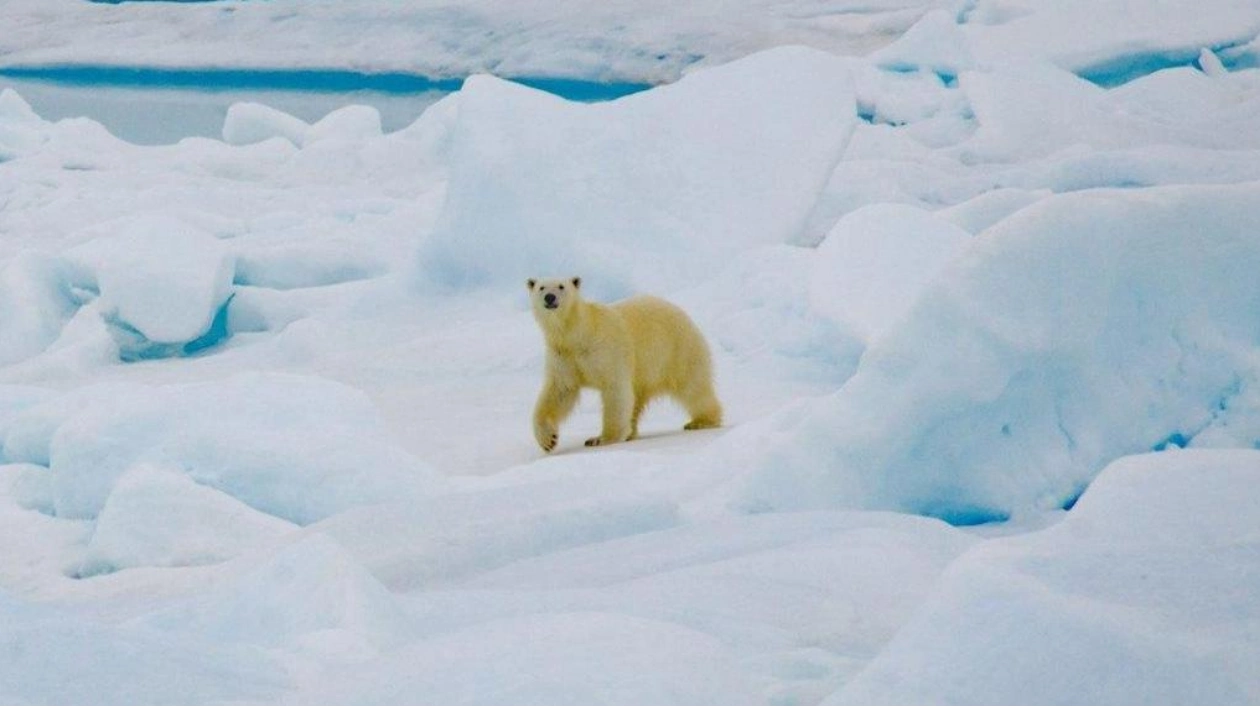Polar bears are confronting escalating challenges in a warming world, primarily due to the diminishing habitats of their icy realms. However, they may also be increasingly susceptible to infections and parasites. According to a study published on October 23 in PLOS ONE, polar bears residing near Alaska are now more commonly exposed to five distinct pathogens compared to a few decades ago.
"As temperatures rise, it enables pathogens to thrive in environments where they previously could not," explains Karyn Rode, a wildlife biologist at the U.S. Geological Survey’s Alaska Science Center in Anchorage. The Arctic, a region undergoing rapid transformation due to climate change, is poorly understood in terms of these ecological shifts.
Rode and her team focused on the immune systems of polar bears to gain critical insights. The Chukchi Sea polar bear population, native to the waters between Alaska and Russia, was an ideal subject. These bears have suffered significant losses of sea ice habitat, forcing them to spend extended periods on land during the summer. There, they come into contact with humans and their waste, potential sources of pathogens. Additionally, the Chukchi bears range further south than many other polar bear populations.
"If pathogens are moving northward into the range of polar bears, the Chukchi Sea would be a prime location to detect such changes," Rode notes. The researchers analyzed blood serum and fecal samples from 232 Chukchi bears collected between 2008 and 2017 for antibodies against a range of bacteria, viruses, and parasites. They then compared these findings with a similar analysis of 115 bears from 1987 to 1994.
The study revealed that the proportion of polar bears exposed to the parasite Neosporum caninum and the bacteria causing brucellosis and tularemia has at least doubled since the 1990s. There was also an increase in bears with antibodies against canine distemper virus, and the proportion of bears encountering the parasite Toxoplasma gondii rose sevenfold, from about 2 percent to 14 percent.
By examining chemical markers in the bears’ hair related to their diet, the team found that individual bears varied in their primary food sources, and their specific diets were linked to their pathogen exposure. "These bears are likely not the only species experiencing heightened exposure to these pathogens," Rode says. "This increase is occurring within the food chain."
Rode points out that in recent years, ringed seals—a key prey species for polar bears—have died in large numbers from an unknown disease, prompting the need to assess pathogens in polar bears. Andy Dobson, a wildlife disease ecologist at Princeton University, finds the findings intriguing but inconclusive due to the samples being taken from two different geographic locations within the population’s range. However, the movement of pathogens impacts the entire food chain. While some polar bears are hunted by people for subsistence, more research is needed to determine if these pathogens pose a risk to human health.
Source link: https://www.sciencenews.org






